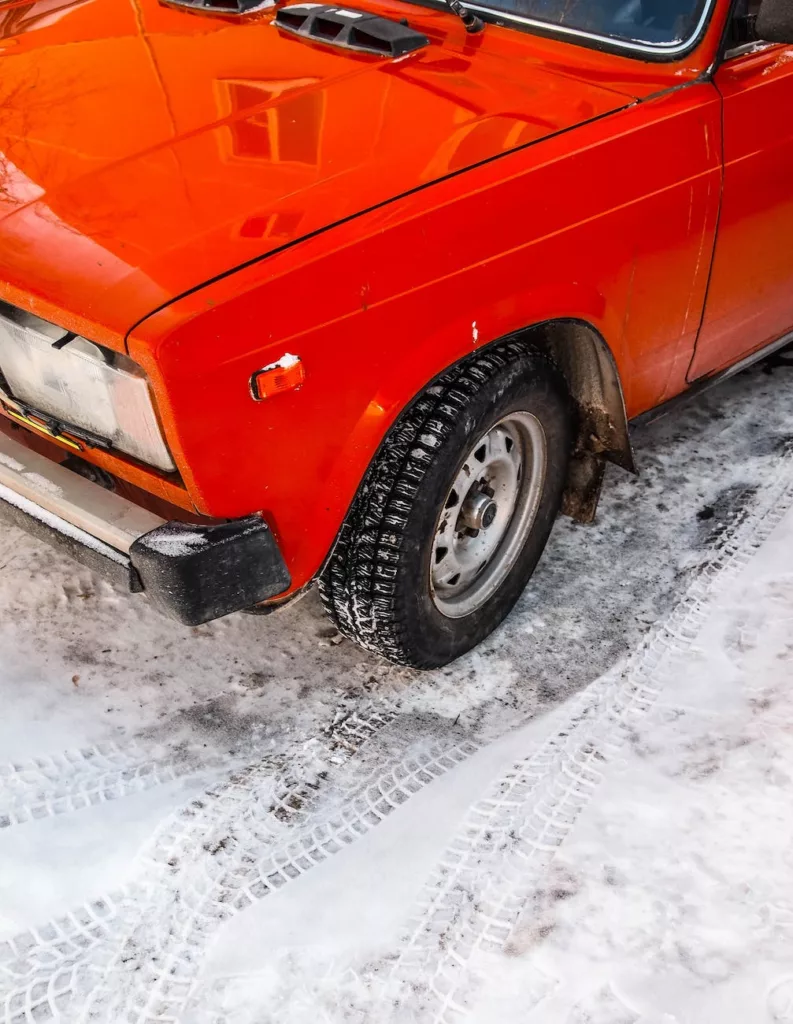- Top 5 Tyre Pressure Monitoring Systems (TPMS) and Why You Need One - June 15, 2024
- What Causes Flat Spots on Tyres and How To Fix Them - October 9, 2023
- How Long Do Car Tyres Last? A Simple Guide to Tyre Longevity - August 19, 2023
As a driver in the United Kingdom, the importance of having the right tyres fitted to your vehicle is crucial. With summer temperatures often reaching more than 30°C, and winter temperatures occasionally dropping below 0°C, it’s important to have tyres which will perform well in any condition. The difference between summer and winter tyres comes down to a few key factors: tread design, rubber compound, tyre wall stiffness and grip & traction. Let’s take a closer look at each one.

Summer vs Winter Tyres: Tread Design
The main difference between summer and winter tyres is the design of their tread. As a general rule, summer tyres will have shallower tread grooves than their winter counterparts, allowing for more contact with the road for additional traction during dry weather conditions. Heat is also dispersed more efficiently due to their wider tread pattern which helps prevent overheating from occurring during prolonged periods of hot weather. On the other hand, winter tyres are designed with deeper grooves and aggressive sipes (small slits between the rubber compound) that increase surface area contact with snow-covered or icy roads while promoting better traction and control on wet roads or when cornering at high speeds. These design differences also result in higher fuel efficiency in both dry and wet weather conditions compared to all-season equivalents, as there are simply fewer noise-causing interruptions within each rotation of the tyre.
Summer vs Winter Tyres: Rubber Compound
Another significant difference between summer and winter tyres lies within their rubber compound itself. Generally speaking, most summer tyre compounds contain a higher proportion of adhesive resin when compared to those built for winter driving conditions – this translates into an improved grip on tarmac or concrete surfaces under normal circumstances whilst providing a longer-lasting performance over time due to its reduced levels of wear & tear (The softer compounds can be affected more by heat but do respond well when cold). On top of this, manufacturers use special “attracting” compounds known as “silica” within their winter variants that can help increase safety levels on snow & ice-covered roads (by providing increased amounts of gripping force during acceleration).
Summer vs Winter Tyres: Tyre Wall Stiffness
The last significant difference between these two means lies within their respective tyre wall stiffness profiles – chiefly concerning how they transfer heat from one side to another when spinning at high speed. To provide greater comfort & control during cornering & manoeuvres at high speeds (wherever permitted) many summer tyres are built with more rigid walls that can absorb more force without compromising drivability factors such as grip & responsiveness – cruise control systems may also benefit from such features when used correctly by distributing engine power along different parts of the tyre rather than being focussed all at once on one area (as previously mentioned regarding specific designs earlier). Winter variants tend to be built with a softer sidewall that has been scientifically proven to disperse heat more quickly away from its centre compared to that found on traditional ‘all season’ models – this helps reduce noise levels while ensuring maximum safety while travelling along slippery surfaces during snowy or icy conditions – something all drivers should strive for when out on the roads!
Ultimately deciding which type of tyres you should fit onto your vehicle ultimately comes down to your personal preference as both sets offer numerous advantages depending on your needs – but it always pays off in both short-term as well long-term savings if you prepare yourself accordingly before undertaking any long journeys! With easier handling during dry weather conditions being supplied via Summer variants combined with improved grip & accelerated accelerating paired alongside Winter ones – it’s no wonder why these types are especially popular among those staying put within Britain’s temperate climate zones!